How the iceberg got its stripes
By: Shannon Dybvig
Winter tends to be cold, dark, and monochromatic. But in the world’s polar regions winter can be surprisingly colorful, thanks to icebergs formed with blues, greens, blacks, and browns–usually in the form of stripes. These stripes were caused when layers of sediment, ice, or other materials were picked up or seeped into cracks as a glacier formed over the millennia. Be it a black layer of soot from an ancient volcanic event, or water that flash froze in place, each layer tells a story and marks a time in ancient history. Check out these stylish monoliths below.
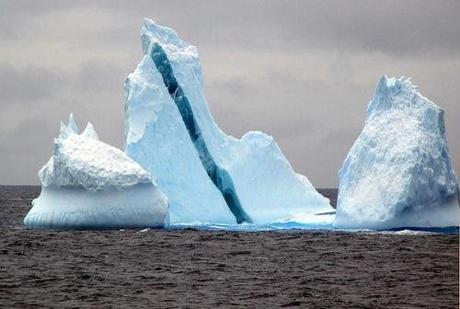
Dark blue stripes appear in icebergs when water seeps in and freezes too quickly for bubbles to form, as bubbles are what make icebergs white. Image by Jeff McNeill
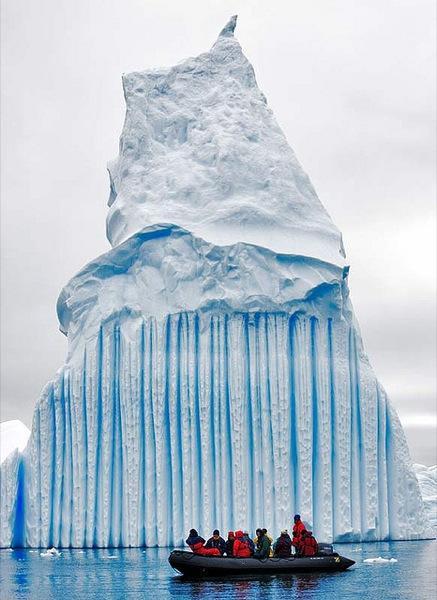
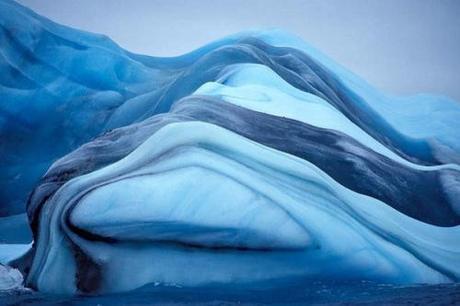
Green stripes occur when algae-rich seawater freezes to the underside of an iceberg.
Image by Jeff McNeill
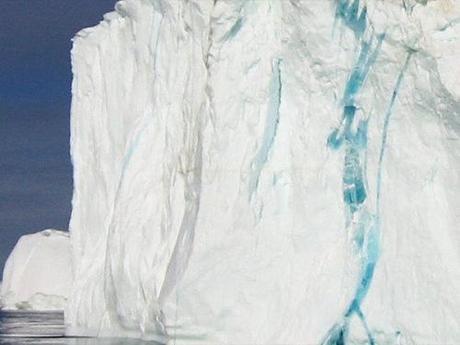
The word “iceberg” derives from the Dutch word “ijsberg,” which means “ice mountain.”
Image by Jeff McNeill
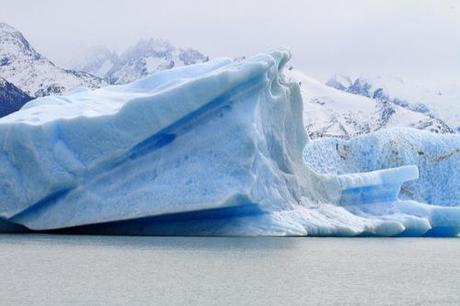
The largest iceberg ever recorded broke of the Ross Ice Shelf in Antarctica in 2000 and measured 4,200 square miles. Image by Wikimedia
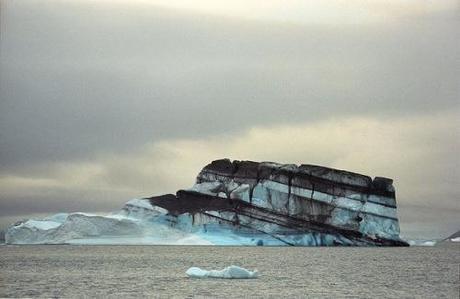
Stripes of black and brown are likely from sediment ground up during glacial movement on land.
Image by Wikimedia
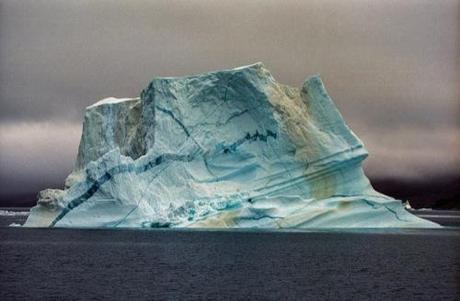
Icebergs are monitored around the world by the U.S. National Ice Center using polar orbiting satellites so as to keep ships safe at sea. Image by Wikimedia
~Steve~ H/T Mr. IGOR

